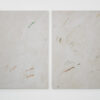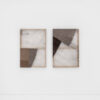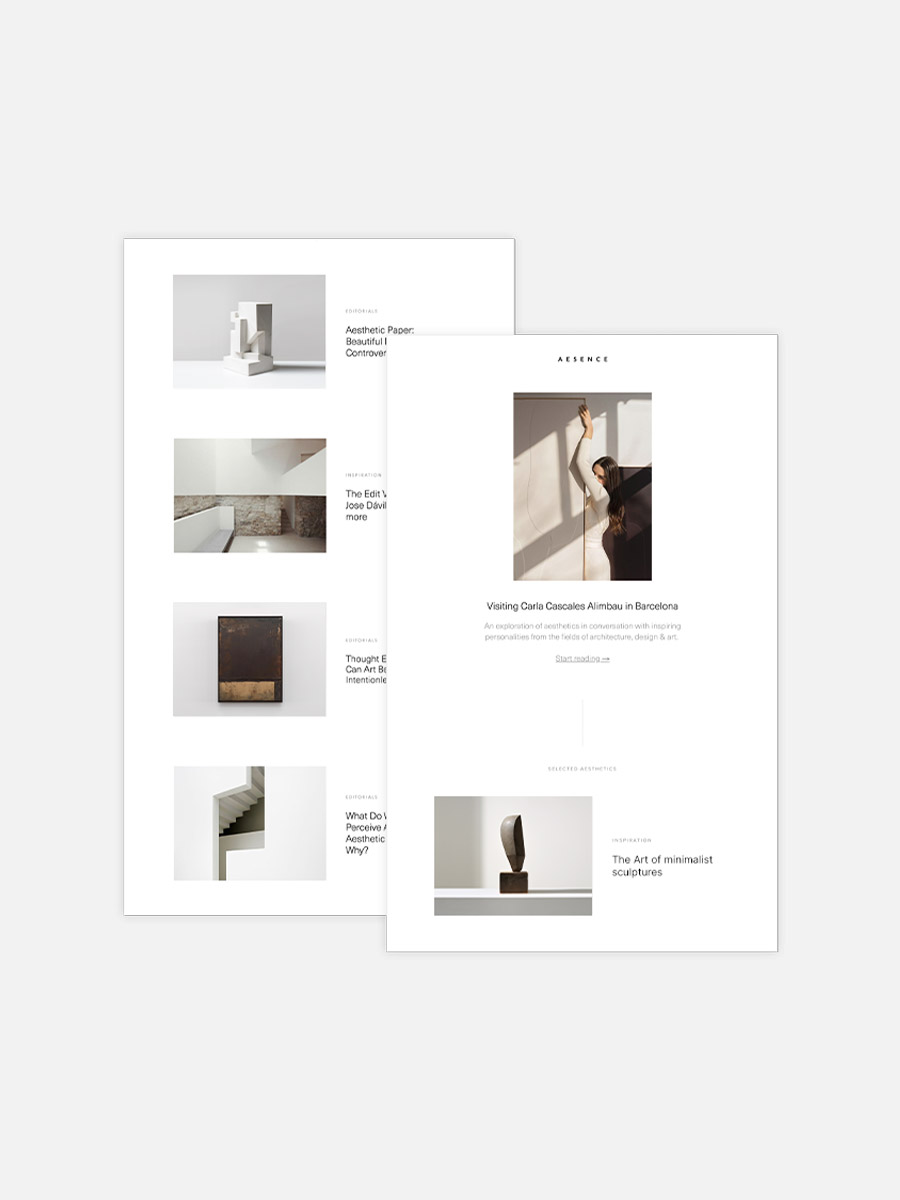David Zwirner is pleased to announce an exhibition of works by Robert Ryman (1930–2019) at the gallery’s Hong Kong location. Marking Ryman’s first solo presentation in Greater China, this exhibition will feature a range of works from the early 1960s through the 2000s, offering a concise survey of the materials, supports, painterly treatments, and ways of engaging with the wall that Ryman utilized over the course of his six-decade-long career.
Ryman is widely celebrated for his tactile works using white paint in all its many permutations, which he executed using a range of painterly mediums on various supports including paper, canvas, linen, aluminum, vinyl, and newsprint. Emerging in the 1960s, Ryman eschewed self-contained representational and abstract imagery, instead giving precedence to the physical gesture of applying paint to a support. Unlike many of the artists and movements with which he is often associated, such as abstract expressionism and minimalism (labels to which he never subscribed), Ryman neither reveled in the emotive qualities of gesturalism nor sought to eradicate the painterly mark; rather, his works are novel and sensitive explorations of the visual, material, and experiential qualities of his mediums that exist in a dialogue with their surroundings.
The exhibition includes key examples of Ryman’s paintings from the 1960s, which illustrate the full breadth and evolution of his practice during this formative decade in his career. Among the notable works from this period is a representative painting from Ryman’s C raz y series, a group of large compositions that feature multiple smaller, often entirely self-contained paintings on a single support.
The thicker, highly defined brushwork in that painting contrasts with works from later in the 1960s, like the humorously titled The Painting of the Mysterious Shadow (1966), composed of evenly applied registers of Winsor White paint, and Classico 6 (1968), made up of diffusely applied white acrylic on six sheets of Classico paper, from whence the work derives its name.
Alliance (1976) features visible fasteners that attach it to the wall. It is one of the earliest works by Ryman to exhibit this unique hardware, which grew out of his interest in the artwork’s relation to the surface upon which it hangs. The artist frequently used these kinds of fasteners for his works during the late 1970s and 1980s. Part 5 (1993), which is attached to the wall with four screws that physically penetrate the thin conservation board support, similarly visualizes how Ryman remained deeply motivated by experimenting with different approaches to installing and presenting his artworks. Two distinctive works from Ryman’s Large-small, thick-thin, light reflecting, light absorbing series (2007–2009) present different approaches to the artist’s exploration of how lighting conditions and other contingent factors affect the experience of viewing the works, and how interpretation is structured by linguistic categories and binaries.
Several drawings from the 1960s through the 2000s will also be featured in the exhibition. Much like his analytical yet intuitive exploration of the medium of painting, Ryman’s understanding of drawing reflects a singular investigation and deconstruction of the practice’s formal and material qualities. These drawings are inextricably linked to line, which manifests as both a physical mark and a conceptual form that exists chiefly in relation to the other elements of a given composition—as a border zone between two painted passages, for example, or a partition for a matrix of gridded squares. Installed nonchronologically across the Hong Kong gallery’s two floors, the exhibition visualizes how Ryman’s early works maintain a compelling dialogue with those from later in his career and vice versa, underscoring the continued vibrancy and inexhaustibility of his art.
© Text Courtesy of David Zwirner



